You are here
Archaeological evaluations of the Seine-North Europe waterway: some noteworthy early results
Before the construction of the Seine-North of Europe waterway under the technical direction of the Voies navigables de France, and curated by the State (Drac), the French National Institute of Archaeological Research (Inrap) is carrying out a programme of archaeological evaluations, the most extensive at present in Europe.
This research operation is exceptional for the number of people involved and the means employed. It has already provided remarkable results from the first 900 hectares that have been probed.
The Seine-North Europe waterway
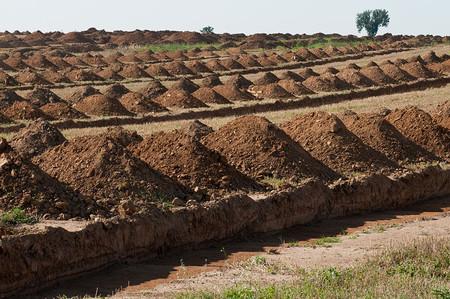
106 kilometres long, the waterway and its installations will cover about 2 500 hectares, an average of 25 hectares per kilometre, allowing the identification of archaeological sites in a complete way. The waterway will include 7 locks, three canal viaducts and 59 road and rail bridges.
Archaeological Evaluations of 2500 hectares
The archaeological operation on the Seine-North Europe waterway is exceptionally important, and includes the main route of the canal, the water storage reservoirs the multimodal platforms for connecting with other means of transport and depot zones.
Exceptional means
A specific methodology
To reach more ancient deposits buried as deep as 14 metres in lœss accumulations, those windblown deposits that characterise the plains of northern France, probes in wells are made. Put into operation on the Seine-Nord Europe waterway, this method resorted to the use of "giraffe power shovels” with long arms to reach Palaeolithic sites. For this project Inrap created a security system constituted of a walkway-balcony, enabling observation and a secure stratographic summary, and of a triptych cover protecting the well opening at the end of the day. Their combined use is a methodological innovation considerably facilitating and accelerating the evaluations.
Lastly the deposits of the small valleys and the main bed of the River Oise will also be expertised by geomorphologists, archaeologists using mechanical shovels. This type of substratum containing organic elements well kept in these humid environments.
An archaeological research centre has been installed in an ancient farm building at Croix-Moligneaux (Somme). Situated midway on the route of the waterway, it accommodates personnel of coordination and the archaeological field teams.
First results
For example, over the 150 hectares of the future harbour zone of Marquion, Inrap archaeologists have identified several very well preserved settlements from the end of the Neolithic period (3rd millennium BC).
The Bronze Age is present in Marquion through several funerary monuments, circular tumulus enclosures, the largest of which has a diameter of more than 40 metres. There also, remains of contemporary dwellings of this period have been registered in many places.
Several agricultural buildings, an aristocratic funerary monument, cemeteries and roads have been dated from the Iron Age.
A Gallo-Roman villa, more than 200m long and 100m large, with its baths has been brought to light.
In several instances the project traverses First World War battlefields. Faced with such dangers and risks, special security measures have been put in place with the help of the SÈcuritÈ Civile. At the end of August, over the 850 hectares that have been evaluated, 45 interventions have been carried out by the mine clearance unit of the SÈcuritÈ Civile, following the discovery of 385 mortars, 1 landmine, 3 rockets, 47 hand-grenades, a 1 crate of cartridges, representing a total of 6 tonnes of munitions.
Scientific expectations
Researches over these large surfaces bring fundamental discoveries and as yet unpublished data concerning human occupation and the evolutions of the landscape and could well reveal the presence of settlements of Neanderthal Man.
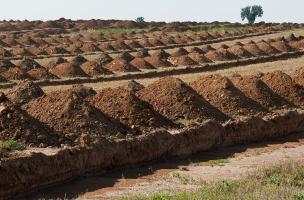
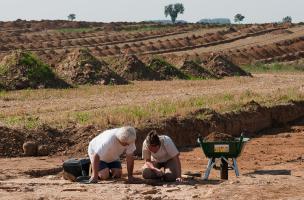

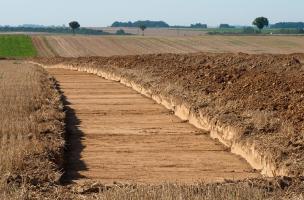
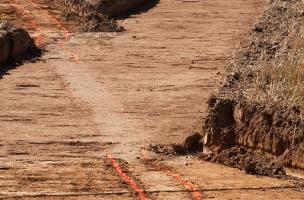
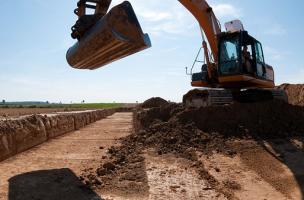

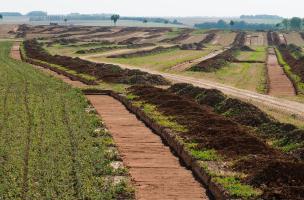

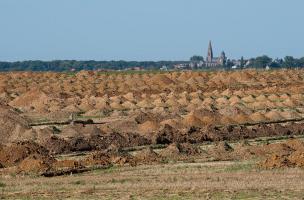
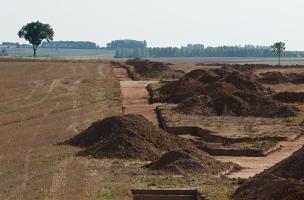
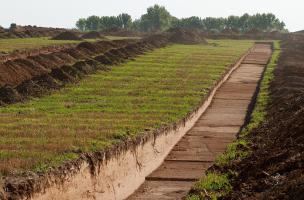

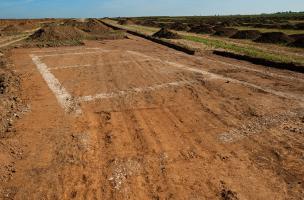

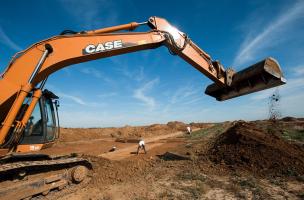
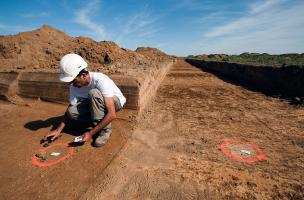
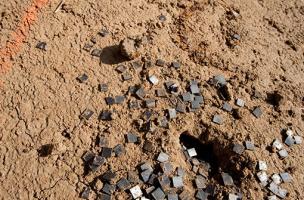
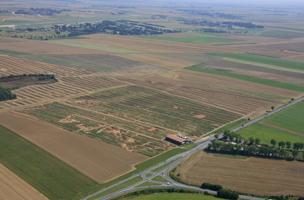
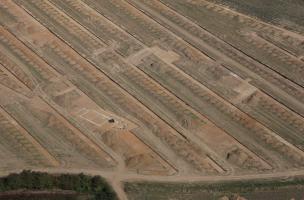
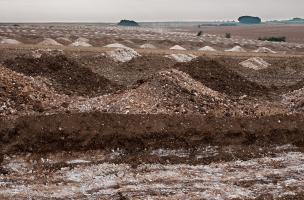

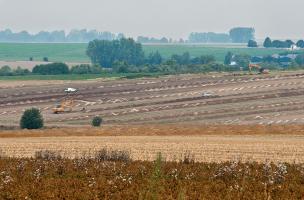
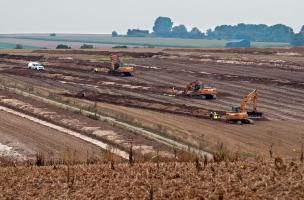
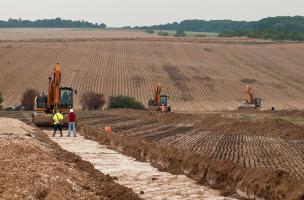
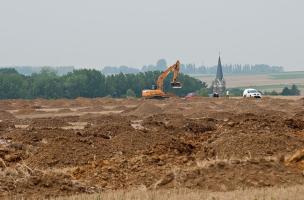
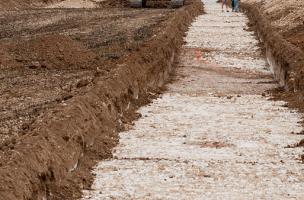
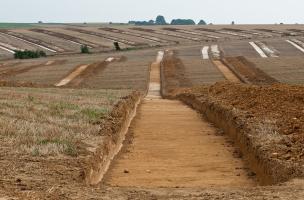



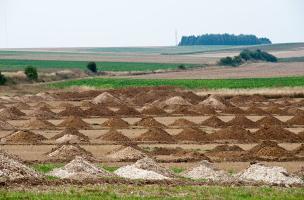
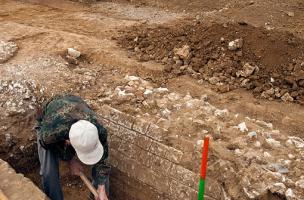
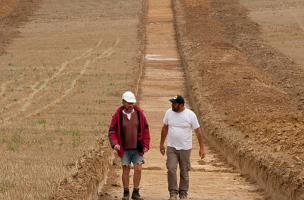
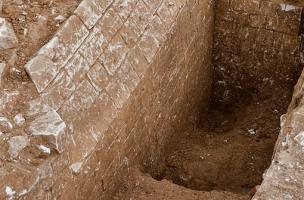
Mahaut Tyrrell
Media communication
Inrap, media partnerships and relations department
+33 (0)1 40 08 80 24
mahaut.tyrrell [at] inrap.fr
Elisabeth Justome
chargée du développement culturel et de la communication
Inrap, Nord-Picardie
03 22 33 40 54
elisabeth.justome [at] inrap.fr">elisabeth.justome [at] inrap.fr

